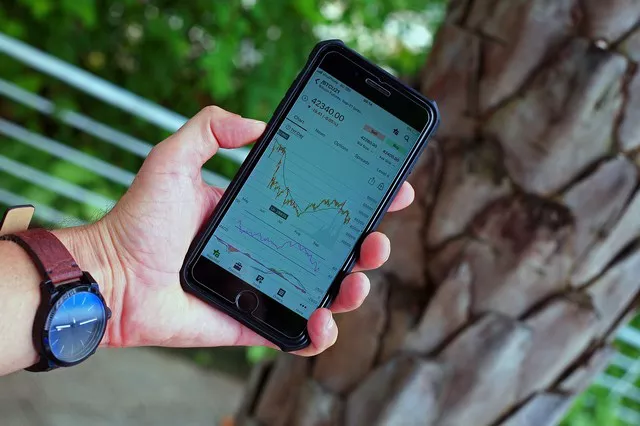Futures trading is a popular financial instrument that allows investors to speculate on the future price movements of underlying assets, such as commodities, currencies, and financial instruments. While futures trading offers the potential for significant profits, many people wonder whether it’s possible to engage in this form of trading with limited capital. In this article, we’ll explore the world of futures trading and investigate whether it’s feasible to trade futures with little money, examining the challenges, strategies, and considerations involved.
Understanding Futures Trading
Futures trading involves buying or selling contracts that obligate the parties involved to buy or sell a specified asset at a predetermined price and date in the future. These contracts are standardized and traded on regulated futures exchanges, such as the Chicago Mercantile Exchange (CME) or the Intercontinental Exchange (ICE). Futures contracts are available for a wide range of underlying assets, including commodities like oil, gold, and wheat, as well as financial instruments like stock indexes, interest rates, and currencies.
Leverage in Futures Trading
One of the key features of futures trading is leverage, which allows traders to control a large position with a relatively small amount of capital. Unlike trading stocks, where investors typically need to pay the full price of the shares upfront, futures traders are only required to deposit a fraction of the contract’s value as margin. This leverage magnifies both potential profits and losses, making futures trading a high-risk, high-reward endeavor.
Challenges of Trading Futures with Little Money
While futures trading offers the potential for significant profits, it also presents several challenges for traders with limited capital:
1. Margin Requirements: Futures exchanges require traders to maintain a minimum margin deposit to cover potential losses and ensure the integrity of the market. Margin requirements vary depending on the contract’s volatility, liquidity, and underlying asset. Traders with limited capital may struggle to meet margin requirements, especially for contracts with high margin requirements or low liquidity.
2. Risk Management: Futures trading involves substantial risk, and traders must implement effective risk management strategies to protect their capital. With limited funds, traders may find it challenging to diversify their portfolio, hedge against potential losses, or withstand adverse market conditions. Without proper risk management, traders risk losing their entire investment in a single trade.
3. Transaction Costs: Futures trading entails transaction costs, including commissions, fees, and other expenses associated with executing trades on futures exchanges. While these costs may be relatively small for individual trades, they can add up over time and erode profits, particularly for traders with limited capital. Traders must carefully consider transaction costs when evaluating the feasibility of trading futures with little money.
Strategies for Trading Futures with Little Money
Despite the challenges, traders with limited capital can still engage in futures trading by employing the following strategies:
1. Start Small: Begin by trading smaller contract sizes or contracts with lower margin requirements to reduce the initial capital required. Starting small allows traders to gain experience, build confidence, and refine their trading strategies without risking a significant amount of capital.
2. Focus on Liquid Contracts: Trade futures contracts that are highly liquid and actively traded, as these contracts typically have tighter bid-ask spreads and lower transaction costs. Liquid contracts also offer greater flexibility and efficiency in entering and exiting positions, which is essential for traders with limited capital.
3. Use Leverage Wisely: While leverage can amplify potential profits, it also increases the risk of substantial losses. Traders should use leverage judiciously and avoid overleveraging their positions, especially when trading with limited capital. Stick to conservative leverage ratios and prioritize capital preservation over aggressive trading strategies.
4. Implement Strict Risk Management: Adopt robust risk management practices to protect your capital and minimize losses. Set strict stop-loss orders to limit potential losses on individual trades, diversify your portfolio to spread risk across multiple assets, and avoid risking more than a small percentage of your total capital on any single trade.
5. Educate Yourself: Invest time and effort in learning about futures trading, market dynamics, and trading strategies. Take advantage of educational resources, online courses, and trading simulators to gain practical experience and develop your skills as a trader. Continuous learning and self-improvement are essential for success in futures trading, regardless of your capital constraints.
Conclusion
In conclusion, while trading futures with little money presents challenges, it is possible with careful planning, discipline, and risk management. Leverage can amplify potential profits, but it also increases the risk of substantial losses, making it essential for traders to use leverage wisely and avoid overexposure. By focusing on liquid contracts, starting small, and implementing strict risk management, traders can mitigate the challenges associated with trading futures with limited capital and increase their chances of success in the futures market. However, it’s crucial to remember that futures trading carries inherent risks, and traders should only invest capital they can afford to lose.

